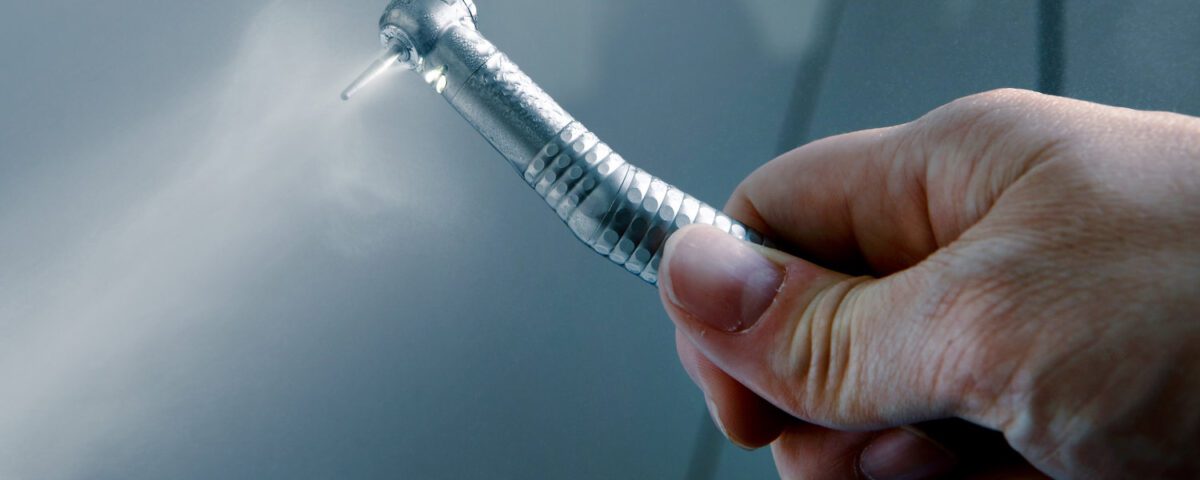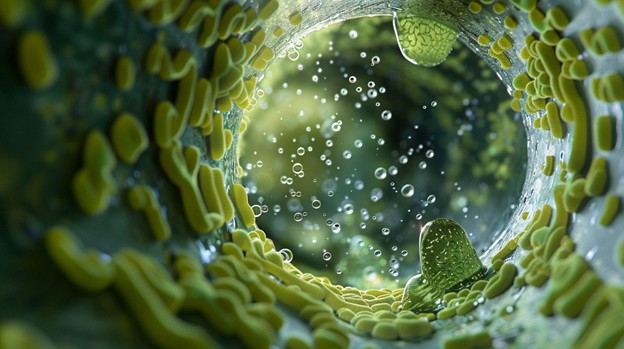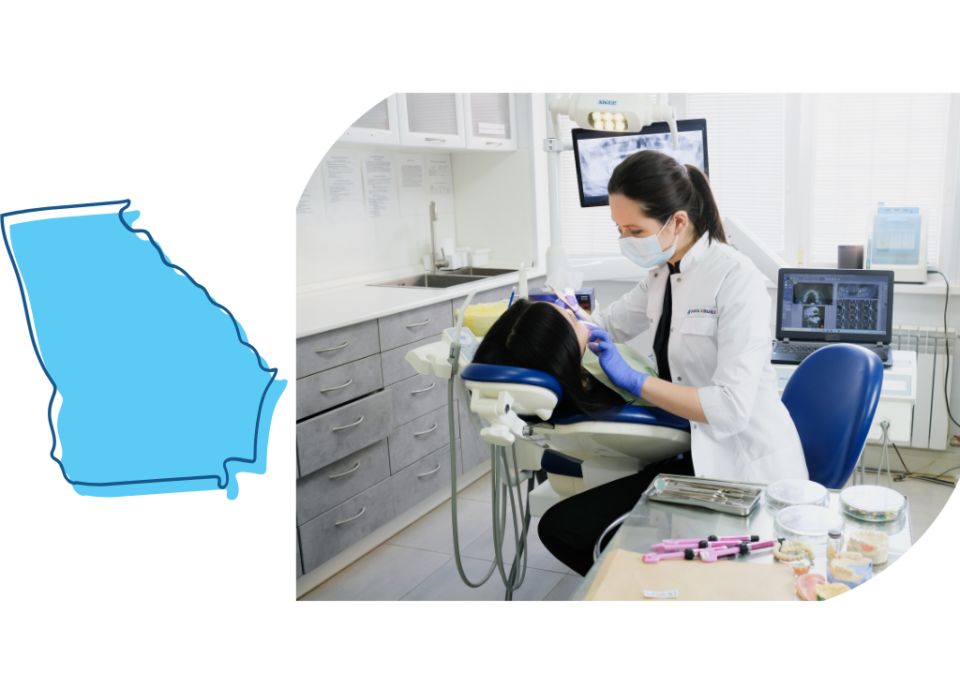The Water Quality Conundrum
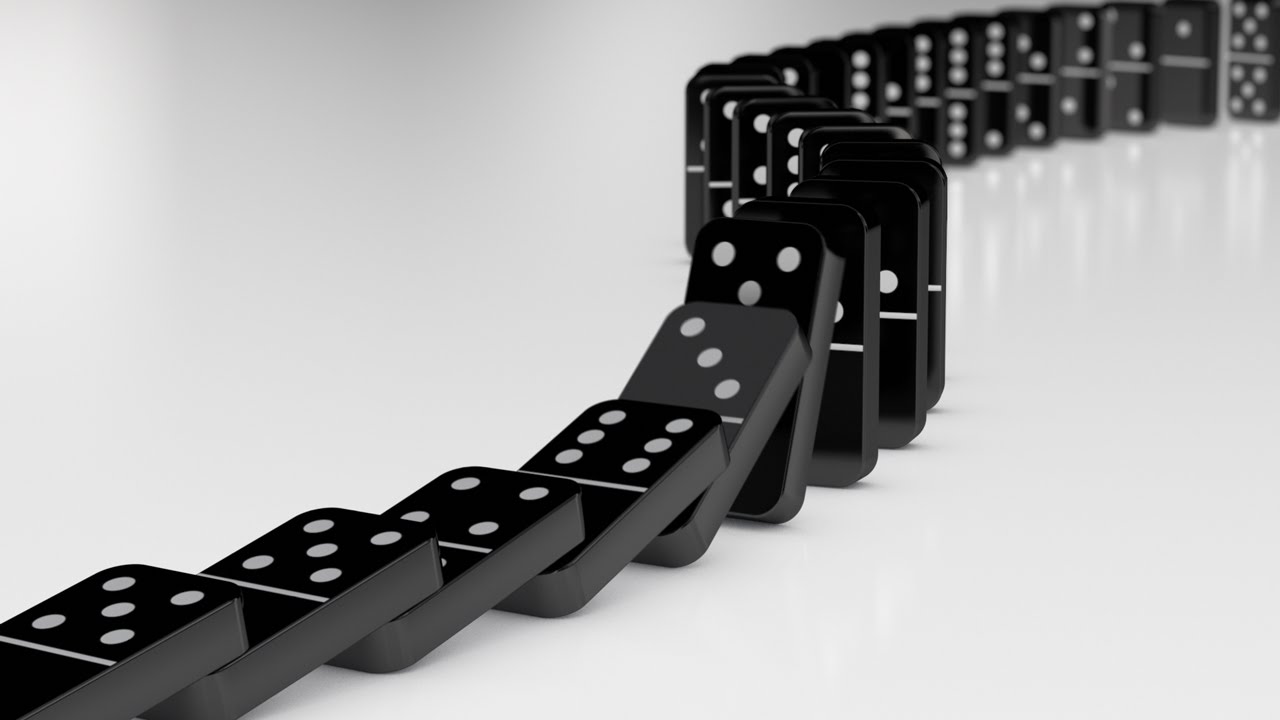
The Next Domino to Fall in Waterline Regulation
June 30, 2023
Dental Amalgam – EPA Rule by Confusion
June 30, 2023The Water Quality Conundrum
Water quality is a relative assessment. It can be hard to say with confidence, “my water is clean enough.” A lot of clinicians just assume their water quality meets some unknown standard of quality and have no inclination on how to verify their water quality is up to par. Water quality exists on a spectrum and depending on what kind of procedure is being performed, your water quality may not be up to snuff.
There are three primary grades of water quality when it comes dentistry: distilled, dental, and sterile. Each have their own specific qualities and specified uses. In this entry, we will quantify these grades of water and how different procedures will necessitate the use of different grades of water.
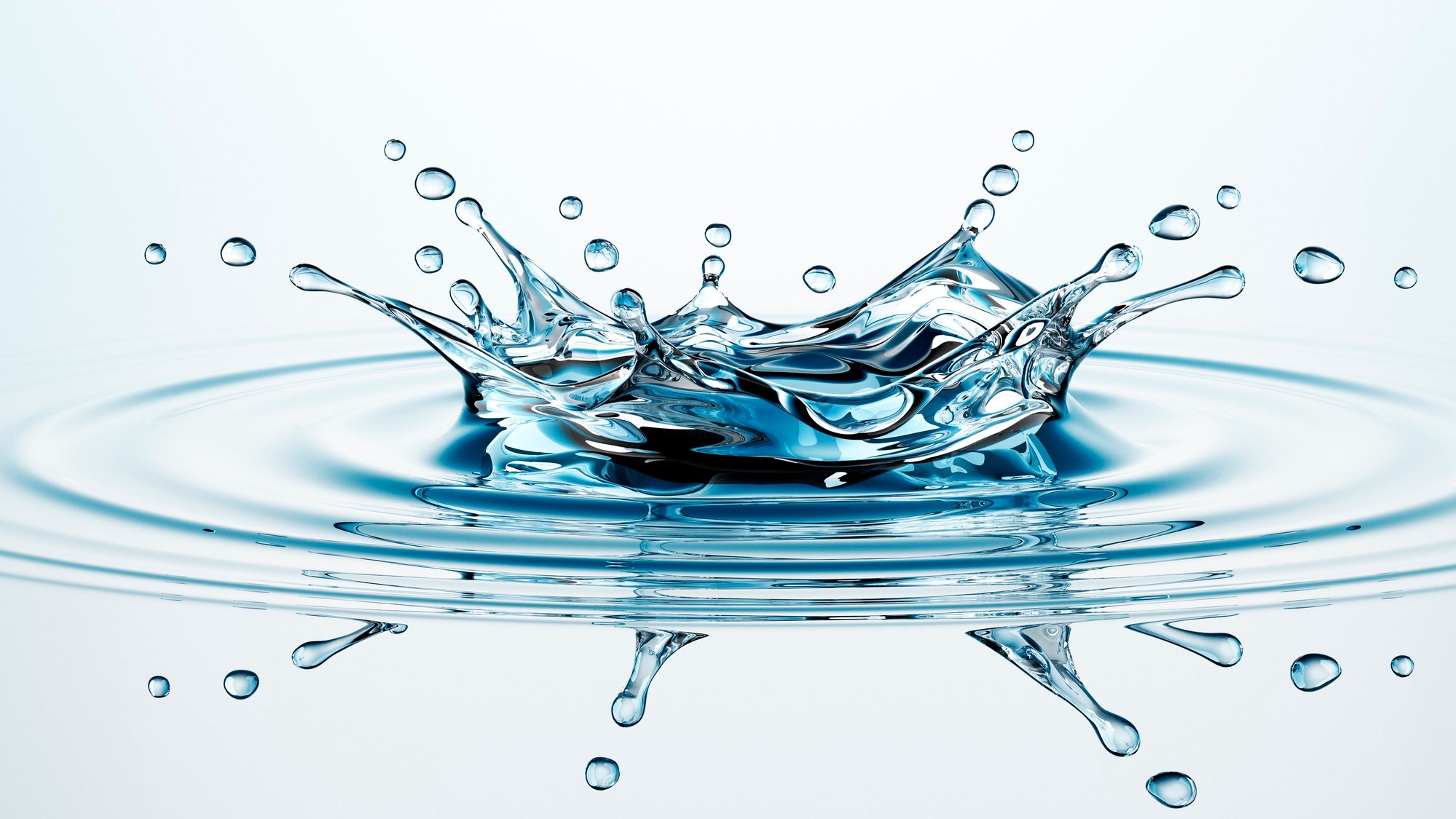
Distilled/Distilled Quality Water
Oh, distilled quality water. Your subtle portrayal of cleanliness has led many a clinician a stray over the years. Distilled quality water is indeed cleaner than tap water. But technically speaking, what is distilled quality water? And, what is it suitable for use in a dental practice? Let’s find out!
Distilled quality water is not “distilled water,” rather it refers to the relative purity in relation to distilled water. Distilled quality water, by Sterisil® standards, is water containing <10 parts per million (ppm) total dissolved solids (TDS).
Often, distilled and distilled quality water is used in instrument washers and autoclaves. Its low contaminate level ensures that no dried deposits are left on sterilized or sanitized equipment after cleaning.
By itself, distilled quality water is not suitable for use in the dental unit due to several factors we have covered ad nauseum on this blog. (see The Bacteria Problem). However, distilled quality water is an excellent base water for use with dental bottles in conjunction with tablets and straws. This is a powerful, proven formula for effective dental water production at the operatory.
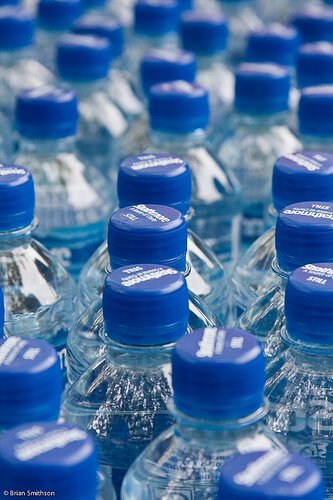
Dental Water
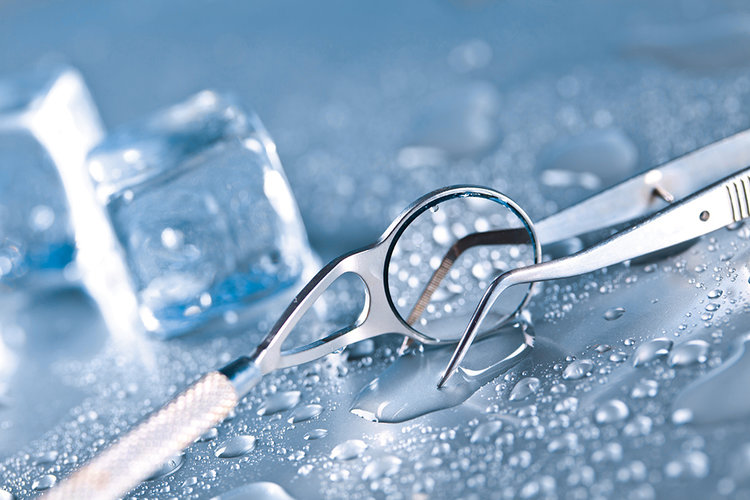
Dental water contains a residual chemical treatment, thus mitigating microbial content to <500 colony forming units (CFU). According to OSAP, dental water is suitable for all nonsurgical dental procedures that do not involve the “incision, excision, or reflection of tissue that exposes the normally sterile areas of the oral cavity.” For most routine dental procedures, this grade of water is suitable.
There are ample commercially available options for clinicians to ensure their water meets this standard. As a clinician, keep in mind the effective limitations of dental water: not sterile and not suitable for use in surgical
procedures. A routine procedure can unexpectedly end up in surgical territory. Recognizing this and acting accordingly will protect the patients from an infection and the practice from a potential liability claim.
Sterile Water
Sterile water in the context of dentistry should conform to sterile water standards for irrigation or sterile saline solution from the United States Pharmacopeia (USP). You can find a very detailed description of sterile solutions here.
According to OSAP, sterile solutions should be used in the following instances:

-
Biopsy
-
Periodontal surgery
-
Apical endodontic surgery
-
Implant surgery
-
Surgical extractions of teeth (e.g., removal of erupted or nonerupted tooth requiring elevation of mucoperiosteal flap, removal of bone or section of tooth, and suturing if needed.)
There are many other instances where discretion should be applied. Procedures such as nonsurgical tooth extractions, gingival procedures, and nonsurgical endodontic procedures are listed by OSAP as having the potential to warrant a sterile solution to lower the possibility of infection.
Sterile solutions should never be considered “sterile” if they are delivered through the dental unit. It is well documented that the dental unit is unsuitable for delivery of sterile solutions. It might be sterile going in, but it will most certainly develop some level of contamination before it leaves a handpiece. Always consult the manufacturers labeling for delivery of sterile solutions.
Expect the Unexpected
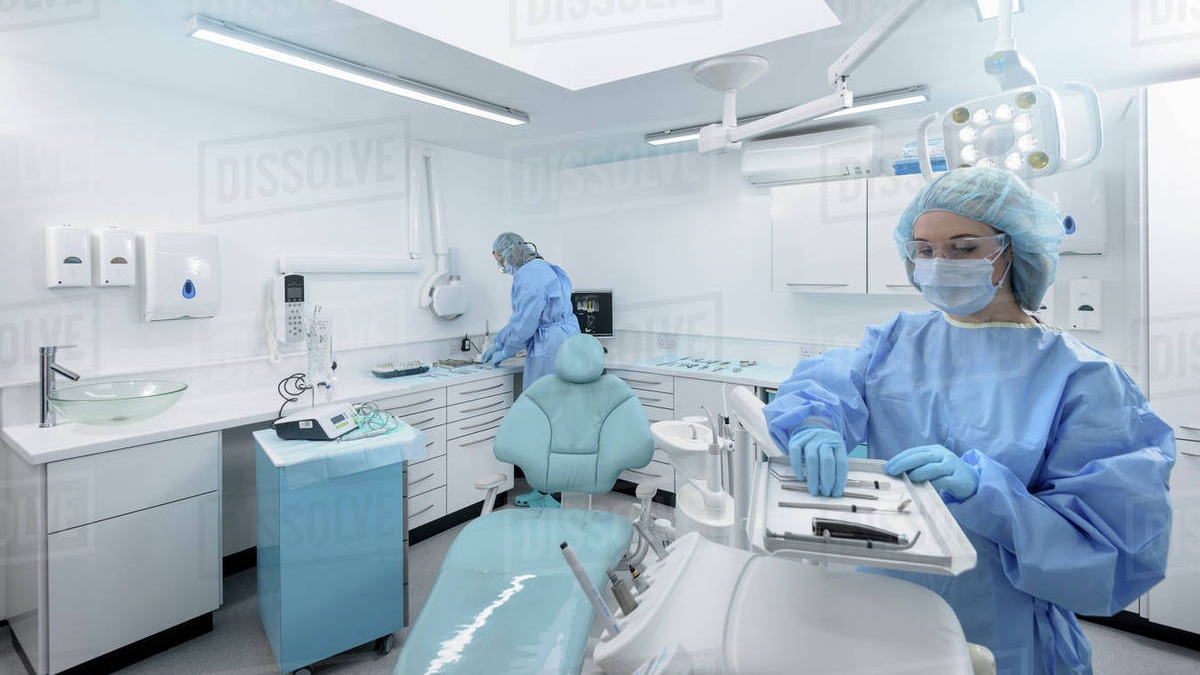
Understanding the nature of the procedure to be performed, and the limitations of the water quality necessitated by that procedure, will help you as a clinician minimize the risk of water related infections. What’s acceptable for one procedure may not be acceptable for another. Always prepare accordingly and be ready should a procedure drift into a category that demands a higher standard of water purity.




